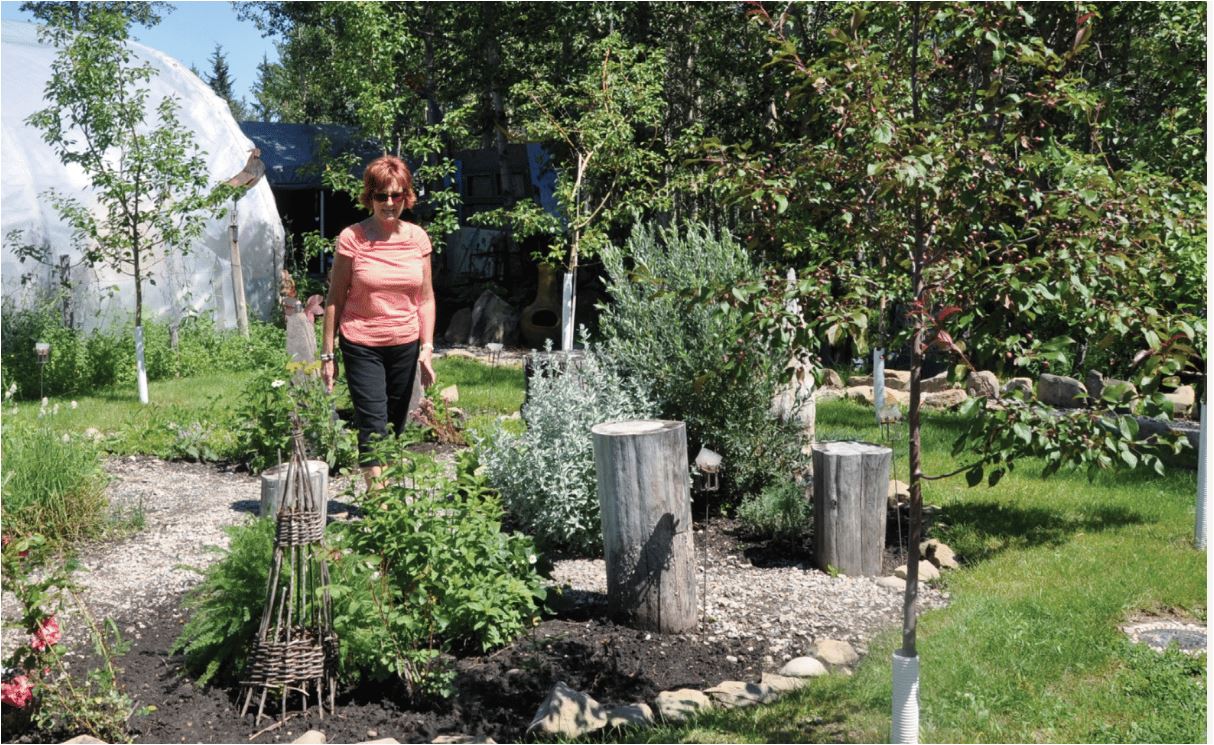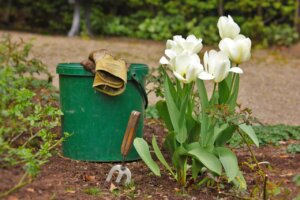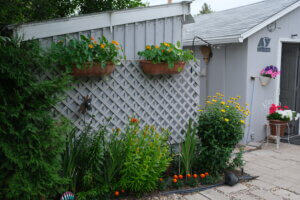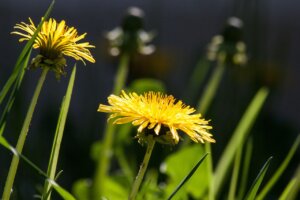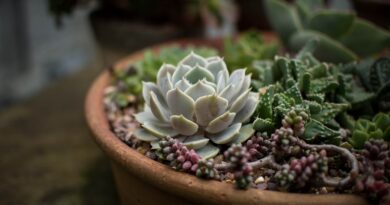Priddis Valley Garden: Healing people and saving the bees
Alberta is a land where people can follow their dreams in places some-times unimaginable at the outset. So it is for Kelly Tait of Priddis Valley Gardens near Spruce Meadows, West on highway 22X.
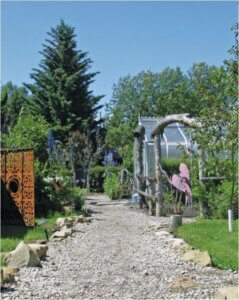 Her home and her garden are one and they are open to anyone who needs healing from the terrors of this modern world. To Kelly, it is a place she designed to bring love and joy to those who need it and perhaps a bit of peace and calm to her own restless soul.
Her home and her garden are one and they are open to anyone who needs healing from the terrors of this modern world. To Kelly, it is a place she designed to bring love and joy to those who need it and perhaps a bit of peace and calm to her own restless soul.
“I got divorced. I got my freedom. This is my healing space,” says Kelly, too succinctly summing up a life that held 23 years of travelling, a career as a social worker and as a self-confessed clairvoyant. After practicing her profession and using gardening as a therapeutic tool with autistic and disabled kids in England, plus a stint in Russia and a marriage in Malaysia, Kelly settled down in 2004 in Priddis Valley on a piece of property that was filled with weeds and junk.
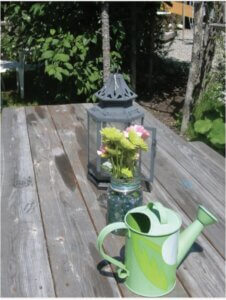
Now she has a theatre and an area for arts and crafts in a geodome. There is a Celtic herb garden, a woodland walk where a moss man sits on a giant wicker chair, and a moss house up on the hill, among the other structures she has made. A maze is being created that she can look over from her house. In all, there are five separate areas, each one different from the other that form part of the healing magic she has worked to fashion.
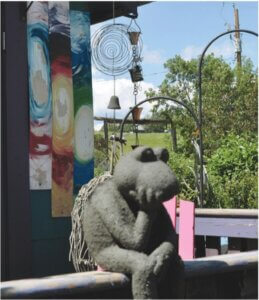
There is also an annual masquerade ball and an annual pig roast, all events featuring local bands and performers.
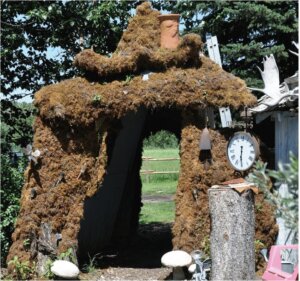
Kelly’s garden is pesticide-free– she likes to keep chemicals away from the dog, Raymond, and the lazy cat that lives with her, as well as from any children that come to visit. Other than that, she says, there are no rules.
Well there is one. “No cell phones because it hurts the bees.” Kelly has done her own experiment to prove this. She set up two beehives, one near the entrance where people congregate and use their cellphones, the other in a different part of the garden where nobody goes. The bees at the entrance all died.
Linking the bee decline to cell phones
One scientist’s take on what’s happening to the bees? Swiss researcher Daniel Favre says that his research has exposed a link between the two – that honeybees exposed to cell phone radiation are likely to be confused and even leave the hive, never to return again.
In his 2011 study, Favre placed cell phones in honey bee hives and observed what happened when the phones were active, inactive, powered down, or ringing. His findings: that bees weren’t bothered by inactive phones or those in standby mode. However, the bees exposed to ringing phones or ones that were active became confused and signaled each other to leave the hive.
The confusion and odd behavior didn’t stop when the phone stopped ringing – it continued for 12 hours after the phone went inactive again. This, Favre says, indicates that bees are sensitive to the radiation that comes from phones.”
(Note: This article was originally published on Alberta Gardener Magazine 2013)

